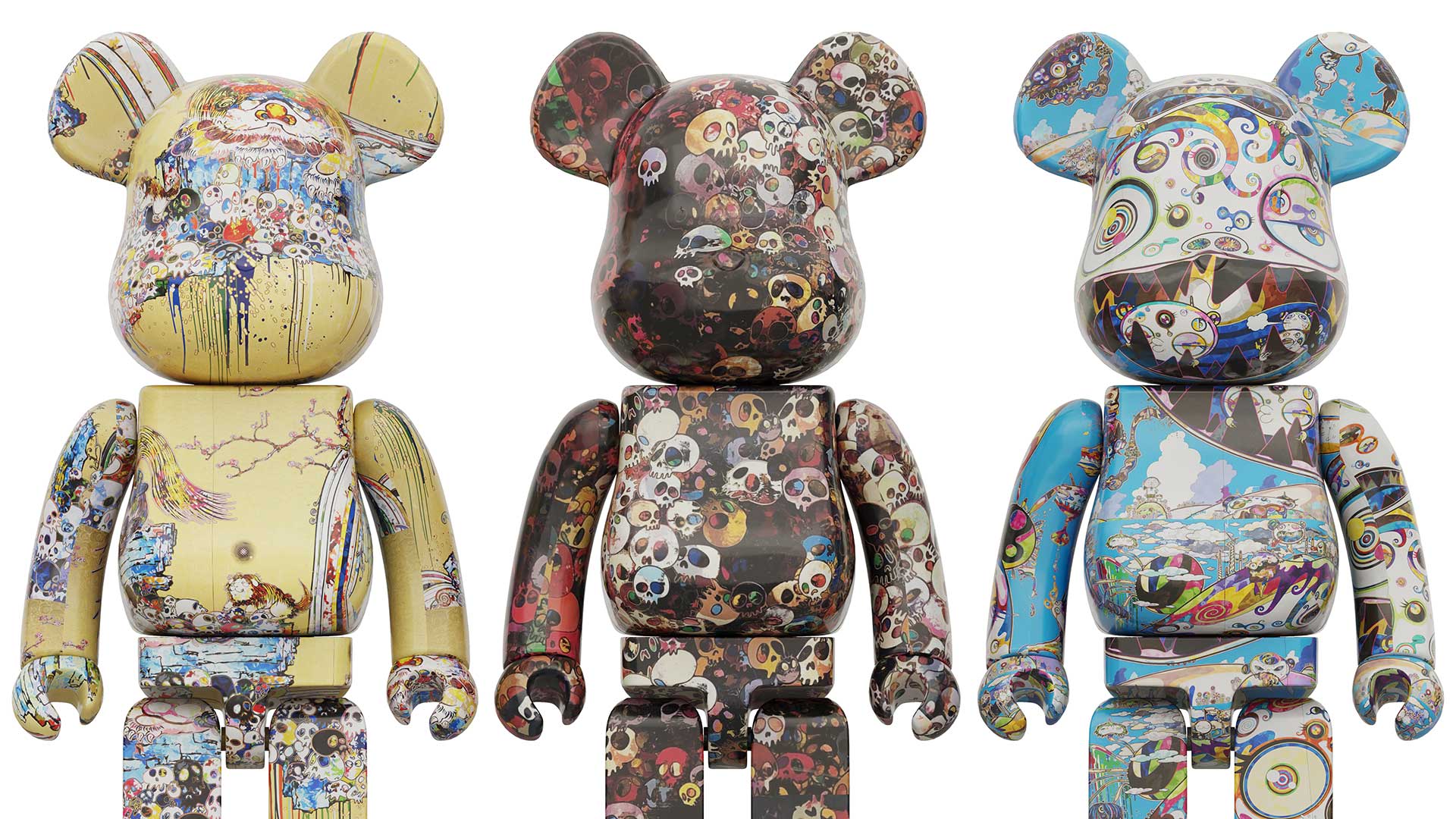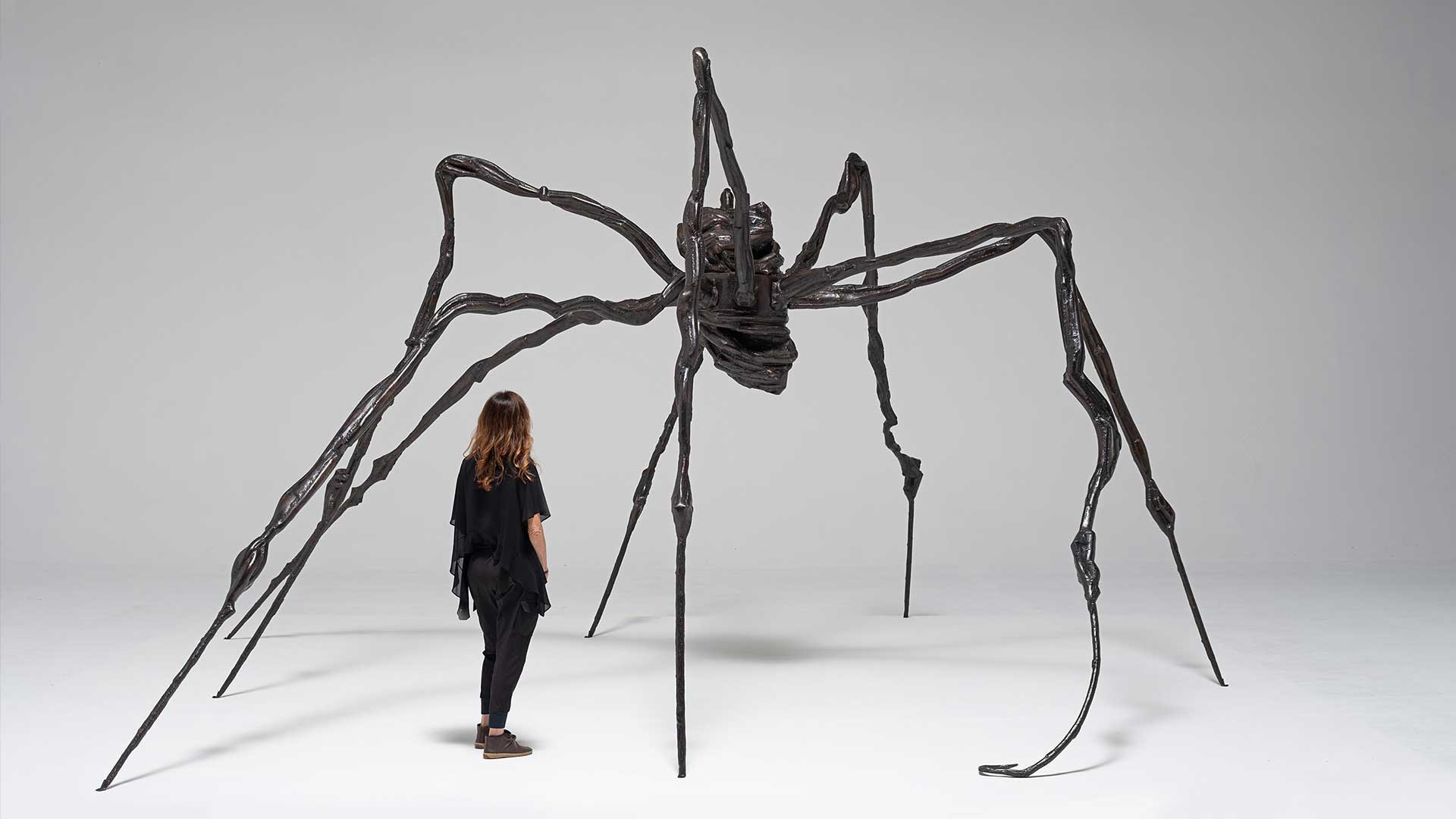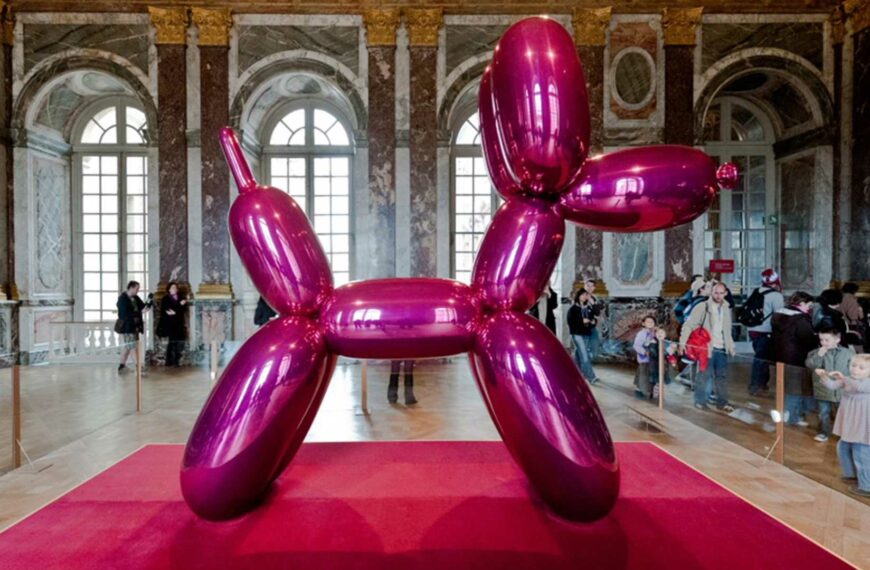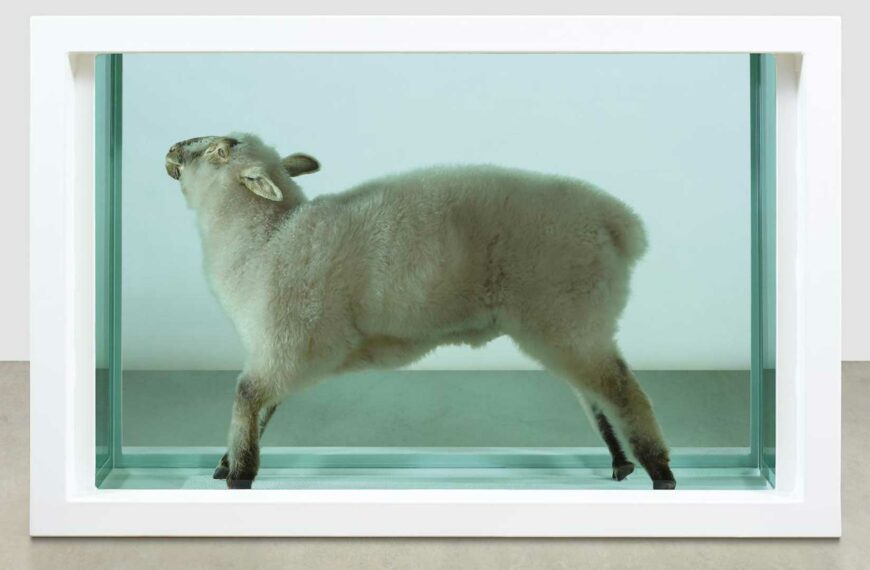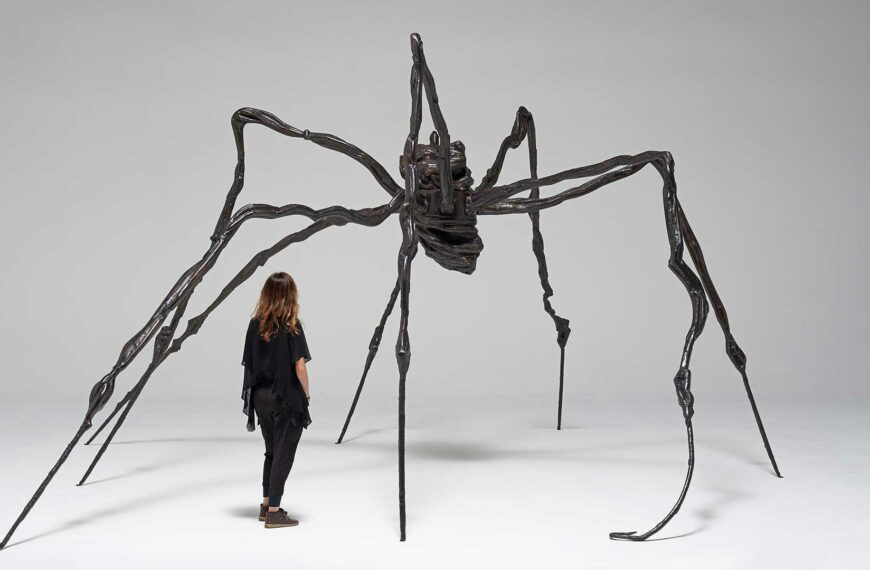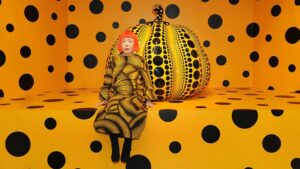Takashi Murakami: a modern artist who has captivated the art world with his unique style and thought-provoking work. From his Japanese upbringing to his significant contributions to the Superflat movement and his collaborations with brands, Murakami’s artistic journey is an exploration of cultural influences and the blurring of boundaries between high and low culture. In this article, we will delve into the life and art of Takashi Murakami, unraveling the unknown and shedding light on his impact on the world of modern art.
What will the reader learn?
- The background and influences of Takashi Murakami’s artistic style
- The key characteristics and impact of the Superflat movement
- How Murakami blurs the line between high and low culture in his artwork
- The recurring themes and social commentary in Murakami’s art
- Major artworks and exhibitions featuring Murakami’s work
- Murakami’s influence on contemporary art and his exploration of new mediums like NFTs
Background and Influences
Born in Tokyo, Japan in 1962, Takashi Murakami’s upbringing played a crucial role in shaping his artistic style. Growing up in post-WWII Japan, he was exposed to a blend of traditional Japanese culture and the influence of Westernization. As a child, Murakami had a deep fascination with manga and anime, which later became significant sources of inspiration for his artwork.
Murakami’s artistic journey began with his studies in traditional Japanese painting at Tokyo University of the Arts. During this time, he immersed himself in the techniques and aesthetics of Japanese art, honing his skills and developing a deep appreciation for the country’s rich artistic heritage. These early influences can still be seen in his work today, as he often incorporates traditional motifs and symbols into his vibrant and contemporary pieces.
The Superflat Movement
One of the most significant contributions of Takashi Murakami to the art world is his role in the Superflat movement. Superflat is an art movement that emerged in Japan in the late 1990s and early 2000s, and Murakami is considered one of its pioneers. This movement seeks to challenge the boundaries between high and low culture by merging elements of popular culture with fine art.
The key characteristics of Superflat can be observed in Murakami’s work. His art is characterized by its flatness, vibrant colors, and a playful blend of traditional Japanese imagery with contemporary pop culture references. This unique style challenges traditional notions of art and aesthetics, breaking away from conventional artistic practices.
It is important to note that Murakami’s Superflat movement has not been without its critics. Some argue that it is a blatant caricature and distortion of modern Japan. However, it cannot be denied that Superflat has inspired an entire generation of artists and has had a significant impact on contemporary art globally.
Blurring the Line between High and Low Culture
One of the defining aspects of Takashi Murakami’s art is his ability to seamlessly blend commercial media and pop culture into his artwork. He has collaborated with musicians, brands, and fashion houses, further blurring the line between high and low culture. These collaborations have not only influenced his artistic practice but have also propelled him into the mainstream art world.
Murakami’s collaborations with fashion brand Louis Vuitton, for example, brought his unique artistic style to a wider audience. His designs for Louis Vuitton’s handbags and accessories became highly sought after and elevated him to the status of a fashion icon. This fusion of art and fashion challenged the traditional boundaries between fine art and commercial consumerism.
However, Murakami’s commercial success has also attracted criticism. Some argue that his collaborations with brands and fashion houses have diluted the authenticity and integrity of his artwork. Nevertheless, it is important to recognize that his ability to navigate between the worlds of high art and popular culture has had a profound impact on the art world and has opened up new avenues for artistic expression.
Takashi’s Journey: From Traditional to Superflat
Takashi Murakami’s artistic journey is a testament to the power of embracing diverse influences and breaking free from traditional norms. Growing up in Tokyo, Japan, Takashi was surrounded by the rich cultural heritage of his homeland. From a young age, he showed a keen interest in the traditional Japanese painting techniques that adorned his family’s walls.
However, it was during his years as a student at Tokyo University of the Arts that Takashi’s artistic horizons expanded. Inspired by the vibrant and bold aesthetics of Western art, he began to experiment with different styles and techniques, blending traditional Japanese art with contemporary influences.
One particular turning point in Takashi’s journey was his encounter with the otaku subculture. Fascinated by the obsessive fandom and the fusion of high and low culture within this subculture, Takashi found a new source of inspiration. He realized that art could exist beyond the confines of traditional galleries and museums, and could instead embrace the vibrant energy and imagery of popular culture.
This realization led Takashi to co-found the Superflat movement, a genre that challenged the boundaries of traditional art by incorporating elements of anime, manga, and commercial media. The flatness, vibrant colors, and playful characters that defined Superflat became the hallmark of Takashi’s work.
Through his art, Takashi Murakami dared to blur the line between high and low culture, challenging the notion that art should solely exist in the realm of the elite. His collaborations with musicians, brands, and fashion houses further solidified his position as a trailblazer in the art world, as he fearlessly embraced the commercial realm as a canvas for his creativity.
Takashi’s journey serves as a reminder that art is not confined to a single path or style. By embracing diverse influences and breaking free from traditional constraints, artists like Takashi Murakami can create a new language of art that resonates with contemporary society and challenges our perceptions of what art can be.
Themes Explored in Murakami’s Art
Takashi Murakami’s art explores a wide range of themes, often challenging societal norms and commenting on cultural production, globalization, and the influence of media and technology. One recurring theme in his work is the concept of cuteness, innocence, and violence. His art often features adorable and cartoon-like characters, juxtaposed with darker and more unsettling imagery.
Murakami’s work also critiques post-WWII Japan and its obsession with youth, consumerism, and the pursuit of happiness. He highlights the impact of Western influence on Japanese culture and questions the direction in which Japanese society is heading. Through his art, he encourages viewers to reflect on the consequences of rapid globalization and the commodification of culture.
| Artwork | Description |
|---|---|
| “The Octopus Eats Its Own Leg” | An iconic painting exploring the themes of regeneration and self-consumption. |
| “My Lonesome Cowboy” | A provocative sculpture challenging societal norms surrounding sexuality and consumerism. |
| “Flower Ball” Series | Sculptures featuring oversized, colorful flowers that blend traditional Japanese motifs with contemporary culture. |
| “727” | A monumental sculpture depicting Murakami’s signature character, Mr. DOB, as a larger-than-life figure. |
| “Superflat” | A series of paintings and sculptures that epitomize the Superflat movement, blurring the boundaries between high and low culture. |
| “Jellyfish Eyes” | A film directed by Murakami that combines live-action and animation to explore themes of friendship, imagination, and the impact of technology on society. |
| “Takashi Murakami: The Octopus Eats Its Own Leg” Exhibition | A retrospective at the Museum of Contemporary Art in Chicago showcasing fifty works spanning three decades, providing a comprehensive overview of Murakami’s artistic evolution. |
Major Artworks and Exhibitions
Takashi Murakami’s body of work comprises numerous significant artworks that have garnered international recognition. Let’s explore a few of his most notable pieces:
“The Octopus Eats Its Own Leg”
“The Octopus Eats Its Own Leg” is an iconic painting by Takashi Murakami that explores the themes of regeneration and self-consumption. The painting features a vibrant and intricate composition, showcasing Murakami’s mastery of color and detail. It serves as a metaphor for the cyclical nature of life and the process of creation and destruction.
“My Lonesome Cowboy”
Another provocative artwork by Murakami is “My Lonesome Cowboy,” a sculpture that challenges societal norms surrounding sexuality, consumerism, and the art market. The sculpture depicts a young boy in a provocative pose, capturing a moment of self-indulgence and vulnerability. It is a powerful commentary on the commodification of sex and the complex relationship between art and commerce.
“Flower Ball” Series
Murakami’s “Flower Ball” series is a testament to his ability to blend traditional Japanese motifs with contemporary culture. These sculptures feature oversized, colorful flowers that evoke a sense of joy and playfulness. By juxtaposing these traditional floral symbols with modern elements, Murakami creates a visual language that speaks to both the past and the present.
In addition to his individual artworks, Takashi Murakami has been featured in numerous exhibitions worldwide. One notable exhibition is the retrospective at the Museum of Contemporary Art in Chicago, titled “Takashi Murakami: The Octopus Eats Its Own Leg.” This exhibition showcased fifty works spanning three decades and provided visitors with a comprehensive overview of Murakami’s artistic evolution.
Influence and Legacy
Takashi Murakami’s influence extends far beyond the realm of contemporary Japanese art. He is recognized as one of the most influential artists of his time, and his impact on the global art scene cannot be understated. His unique blend of high and low culture, his exploration of new mediums, and his collaborations with various industries have propelled him to the forefront of the art world.
In addition to his artistic achievements, Murakami has also established Kaikai Kiki Co., Ltd., a company dedicated to supporting young artists and promoting their work. Through this venture, he continues to shape the future of contemporary art by nurturing and showcasing emerging talent.
Furthermore, Murakami’s exploration of new mediums, such as Non-Fungible Tokens (NFTs), demonstrates his willingness to embrace technological advancements and push the boundaries of traditional artistic practices. As the art world continues to evolve, Takashi Murakami remains at the forefront, consistently challenging conventions and inspiring artists around the globe.
Conclusion
Takashi Murakami’s artistic journey is a testament to the power of blending cultural influences, challenging boundaries, and embracing the unknown. From his upbringing in post-WWII Japan to his establishment as one of the most influential artists of his time, Murakami has made an indelible mark on the art world. His ability to seamlessly merge high and low culture, his exploration of themes beyond aesthetics, and his commitment to supporting emerging artists have solidified his status as a visionary in contemporary art. Through his unique perspective and thought-provoking artwork, Takashi Murakami continues to captivate audiences and leave an enduring impact on contemporary society.

